Smith & Wesson Model 60 Review: A Master of None
When it comes to firearm maintenance, some materials used in construction are more forgiving than others. Today, many rifles and handguns use stainless steel in their construction. Handsome to look at, either in the white or coated with a finish, and best of all, corrosion resistant. The Smith & Wesson Model 60 revolver was the first successful handgun made entirely of stainless-steel. It was a godsend to cops and citizens, especially those of us who live and work in humid and marine environments where traditional blued steel guns can rust before your very eyes.
Nearly sixty years after its introduction, S&W still makes the Model 60 in a number of configurations. But the world has moved on since then. These days, people don’t consider a five-shot small-framed revolver as a good fighting handgun. Stainless steel construction remains, but so did the inclusion of other corrosion-resistant materials like aluminum, scandium, and, of course, polymer. The Model 60 is a heavyweight snubby where revolver technology has only gotten lighter and semi-auto pistols have grown in popularity by leaps and bounds. So why does Smith still make the Model 60 and why would anyone buy one? This review pertains to what I believe to be the most practical of the line: the Model 60 .357 Magnum 3-inch.
S&W Model 60 Specs
- Caliber 357 Magnum/ 38 Special
- Action Double Action/Single Action
- Safety Hammer Block
- Capacity 5
- Barrel Length 3 in
- Overall Length 7.5 in
- Weight 24 oz
- Front Sight Black ramp
- Rear Sight Adjustable serrated square notch
- Frame Stainless Steel
S&W Model 60 Background
In the 1960s, Smith & Wesson surpassed Colt in the law enforcement handgun market. Most officers were now carrying a Smith & Wesson six-shot .38 or .357 Magnum revolver on their belts. Some enterprising men and woman also made use of Smith’s then-new Model 36 five-shot snub nose for off-duty and the backup gun role. Then, like now, most peace officers were not firearms aficionados. This meant their revolvers spent most of their lives in a holster left untouched, save for the occasional qualification course. These handguns were blued, or perhaps nickel-plated carbon steel, which was susceptible to rust and corrosion over time. Then came the Smith & Wesson Model 60.
Introduced in 1965, the Model 60 was no more than the Model 36 five-shot .38 Special but made entirely of stainless steel. Although lighter handguns like the aluminum-framed Model 42 were available, the all-steel Model 36 was more popular. That popularity readily transferred to the more weatherproof Model 60.
In the 1990s, Smith & Wesson decided to up their existing small-framed revolvers from .38 Special to .357 Magnum by lengthening the cylinder and cylinder frame for the longer round. Currently, the Model 60 is only available in .357 Magnum with either a 2 ¼ inch or 3 inch barrel.
Smith & Wesson Model 60 Features

1 Stainless Steel
Frame, cylinder, and barrel are resistant to rust and fouling.
2 .357 Magnum Chambering
Can shoot .357 Magnum ammunition and the shorter, milder .38 Special cartridge.
3 Double Action/Single Action
Hammer can be cocked for a lighter trigger pull. Alternatively, the pistol can be fired by simply pulling the trigger.
4 Rebounding Hammer
Hammer rebounds onto a hammer block safety to prevent accidental discharge.
Models and Variations
There are 4 variations of the Model 60. The standard two models (this review), one with a 3 inch barrel and one with a 2.25 inch barrel. They also have a Ladysmith version for female shooters and a performance center variant.
Smith & Wesson Model 60: How Does It Shoot?

Out of Smith & Wesson’s current lineup, their 686 L-Frame revolver is perhaps their most versatile and controllable gun. Chambered in .357 Magnum and heavy enough to absorb recoil, it makes for an ideal self-defense or woods gun. However, that heft can really weigh on the belt at the end of the day and can be hard to conceal. I quickly began to look for a lighter option and stumbled upon the Model 60. This model comes with a 3 inch barrel, a ramped front sight, and a rear sight that is adjustable for windage and elevation.
From a distance, it looks a lot like the 686. But it weighs over ten ounces less, at only 24 ounces unloaded. It is also a trimmer pistol with a smaller cylinder that holds five rounds instead of six or seven. Although the Smith & Wesson J-frame is intended as a small carry gun in .38 Special, the Model 60’s all-stainless steel construction would soak up more recoil than a lighter aluminum framed revolver when it came to shooting full-power .357 Magnum ammo. The 3 inch barrel is also beneficial, as the Magnum round would still have plenty of energy over a shorter two-inch barrel. All in all, the 3 inch Model 60 has a lot of promise as a carry gun over heavier magnum revolvers like the 686. But I found the Model 60 to still be a .38 Special at heart masquerading as a .357.
Shootablity
If you are used to small Smith & Wesson Airweight revolvers, the Model 60 represents a substantial upgrade in the hand. At 25 ounces, it weighs more and its full-underlug 3 inch barrel makes the pistol a tad muzzle-heavy and steady to shoot. The Model 60 has a pinned front ramp and blacked-out adjustable rear square notch for its sight setup. These are miniatures of the sight set up on larger revolvers, but higher and easier to work with than the gutter sights on smaller revolvers.
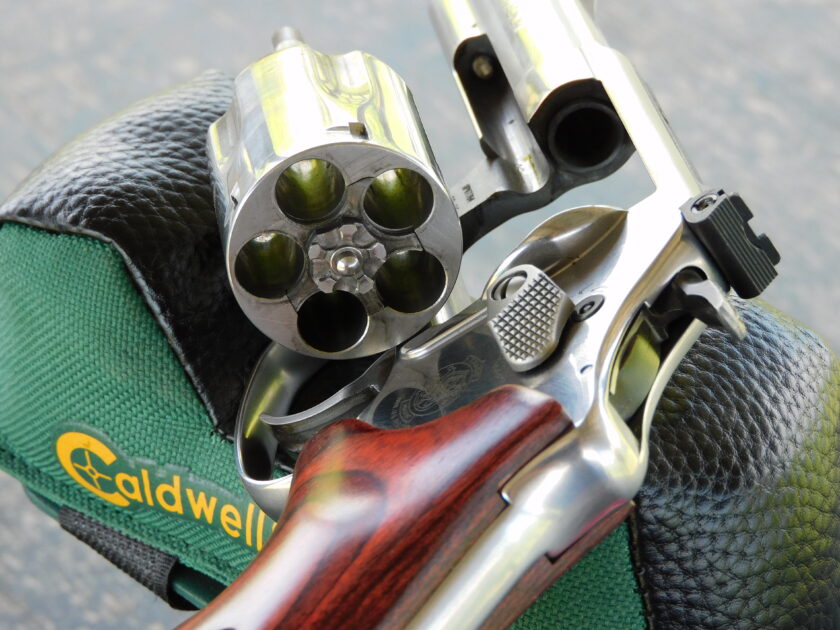
They build the Model 60 on the J-frame and it has a short rounded butt that is ideal for concealed carry when paired with boot grips. From the factory, the Model 60 comes with longer Hogue rubber combat grips that allow for a more substantial hold over a conventional snub nose revolver.
Like the bigger guns out there, the Model 60 is a double action/single action revolver with an exposed hammer. This allows the user to manually thumb back the hammer for a short, light trigger pull. Alternatively, the pistol can be shot by simply pulling the trigger. Pulling the trigger both rotates the cylinder and drops the hammer, a double action.
The double action trigger pull breaks on my Lyman trigger scale at eight pounds. It is stagey and not particularly smooth, making the Model 60 challenging to shoot in double action. The single-action pull breaks cleanly at only 2 1/4 lbs. Thumb cocking the hammer and shooting at targets is a fun and useful way to hit small targets and get a feel of the handgun. However, as a defensive handgun, double action shooting is more ideal and is harder than using other revolvers. Trigger aside, the Model 60 has the easy-shooting features of a bigger revolver but on a smaller frame.
Reliability
I have put close to five hundred rounds through the Smith & Wesson Model 60, 200 rounds of .357 Magnum ammunition and 300 rounds of .38 Special. I had no failures to fire or cycle. I did have one instance of a failure to eject. After shooting some particularly stout .357 Magnum handloads. A sharp hit to the ejector rod was needed to kick the empty cases out. But on the whole, the Model 60 gets top marks for reliability.
Ergonomics
I shot the Model 60 with the stock Hogue grip and later, an Altamont rosewood combat grip. This setup gives a good three-finger grip on the revolver, but it is not ideal for concealed carry. However, as an all-around gun, this grip does its job. With a firm grip, recoil won’t jerk the revolver from your palm, even with Magnum loads.
Speaking of recoil, the all stainless steel construction of the Model 60 soaks up .38 and .357 recoil better than smaller revolvers, but not quite so well as larger ones. The .38 Special is a painless hoot to shoot, even when firing warmer +P loads. The .357 Magnum round is much louder and snappier. With every shot, the back strap of the grip digs into the palm. It is attention getting, but not painful. But I did not make a habit of firing many Magnum rounds at any one time either.

The only controls to learn on the Model 60 are the hammer, cylinder release, and ejector rod. The hammer is a small MIM-ed part but is not difficult to reach and the serrations make it easy to grip and thumb back. They placed the cylinder release on the left side of the pistol behind the cylinder. It requires a push in order to release the cylinder for loading and unloading. It is located for a small to medium-sized hand. In my larger hands, I tended to bump the release when shooting with a two-handed grip. But it takes a deliberate push to actuate it. When it comes to ejection, a sharp hit to the ejector rod will clear the empty cases from the chambers. The rod is full length and will kick out empty .38 and .357 brass. Most snub nose revolvers have a shorter rod that is better for extracting the empties instead of ejecting them.
During testing, I ran into two other issues related to ergonomics. Early on, I noticed the black Hogue grip that comes stock on the revolver was loosely fit and would wobble forward and backward on the frame. It is easy to strip out the tapped steel insert that holds the grips on, so I removed them in favor of the Altamont boot grip. I also had issues with the rear sight, which came apart during my first range session spontaneously. I never had a problem with Smith & Wesson adjustable sights in the past. However, we must put it into mind that we can bump adjustable sights out of alignment or break where fixed sights would not.
Accuracy
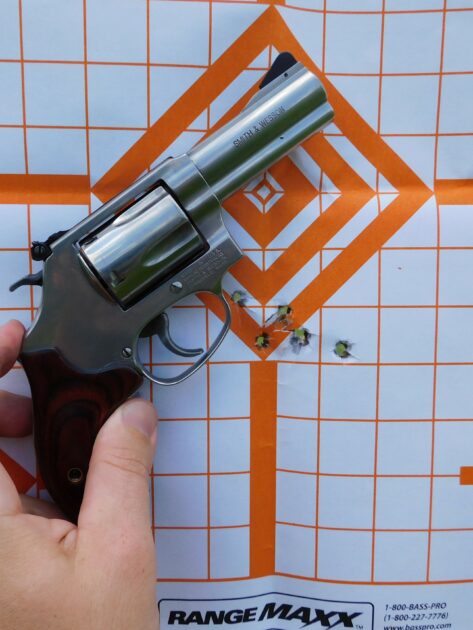
Revolvers are oven very accurate, but there is more variation between loads than you might find in a comparable semi-auto with standard grain-weight ammo. I initially sighted in the Smith & Wesson Model 60 at fifteen yards for .38 Special 148 grain hand-loaded wadcutters. Federal 158 grain lead .38s grouped the best, at an inch and a half at that distance. But the group favored low. Hornady Critical Defense .38 Special 110 grain +P and .357 Magnum 125 grain hollow-points, as well as Federal American Eagle .357 Magnum 158 grain jacketed soft points varied in group and in point of impact. I attribute some of this to the spongy double action trigger pull and partly to different bullet weights and velocities.
From a bench rest, I shot these loads again in single action. I got the same 1 ½ inch group with the Federal .38 Special lead load. The Hornady .38 and .357 loads and the Federal .357 load grouped into three, three and a half, and five-inch groups respectively. With proper load preparation, the Model 60 can be quite accurate, but I was surprised by the degree of variation that might make the difference between a hit and a miss depending on what you are doing.
Value
The Model 60 lives between the smaller .38 Special snub nose revolvers and larger framed .357 Magnums that Smith & Wesson offers. It has neither the concealability of the former nor the shootability of the latter. It exists to do a bit of both and in price, it is just as middle of the road. The Model 60 3 inch has an MSRP of $839. I got mine new for one Benjamin less. Is that worth the price of admission over my 3-inch Model 686 seven-shooter? No. It does not shoot like a bigger revolver. It is a thinner gun that is just heavy enough to be tolerable when shooting .357 Magnums, if it could place them accurately. The Model 60 does not do that. Although it is more feature-rich and more powerful than a .38 Special Model 642, it is 1 ½ times the price. Is it 1 ½ times better? I say no. The Model 60 is cursed to be a jack of all trades, meaning it can be a master of none.
Smith & Wesson Model 60 Pros and Cons
- All Stainless Steel – Excellent for recoil control and mitigates the muzzle rise of the .357 Magnum.
- Adjustable Sights – Rear sight can be moved to adjust for your favorite load.
- Trigger Pull – Coiled mainspring makes the double action trigger pull rough.
- Adjustable Sights – Intolerant of abuse and a potential snag point on clothing.
Report Card |
||
Shootability |
Better appointed than the usual snubbie. |
B+ |
Reliability |
No malfunctions. |
A+ |
Ergonomics |
Stock sights, grip, and trigger pull weigh down a decent entry. |
C |
Accuracy |
Ergonomics challenge accuracy. |
C |
Value |
More flexible than a snubnose revolver, but not a replacement for something larger. |
C |
S&W Model 60 Starter Pack
Eye Protection –Here are some of our favorite eye protection.
Hearing Protection – Having some quality hearing protection to prevent hearing loss.
Gun Cleaning Kit – A good cleaning kits will help you keep your guns working.
First Aid Kit – Its always good to have a first aid kit on hand for your range trips.
-
$809.00
-
$809.00
-
$809.00
-
$809.00
-
$819.99
Upgrades and Accessories for the Smith & Wesson Model 60
For the Model 60 we have a new set of grips, speed loaders, and a holster.
Upgrades and Accessories for the S&W Model 60
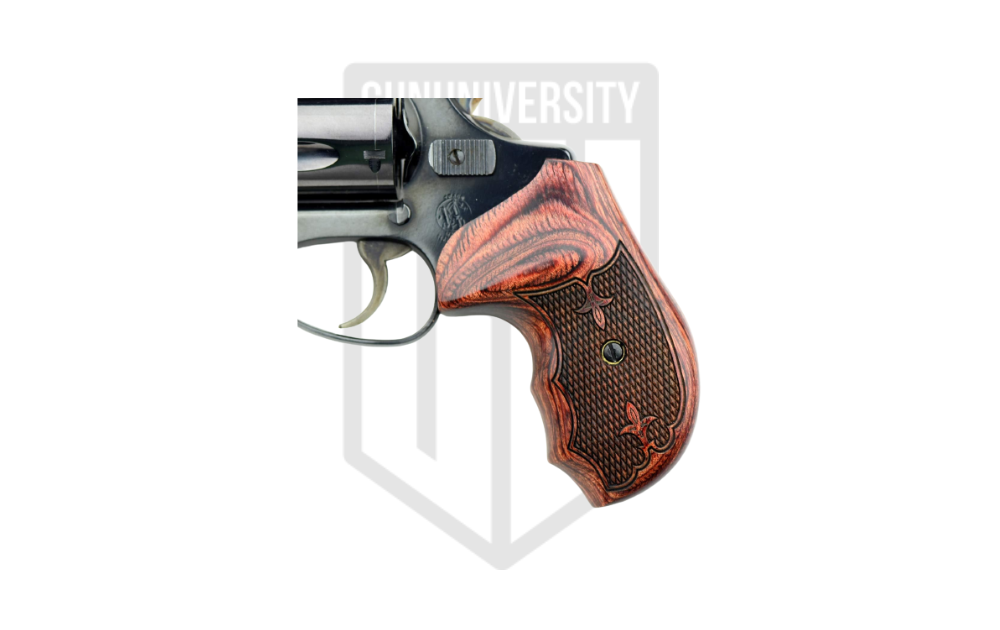 |
| Buy on Amazon | |
Speed Loaders Safariland J-CZ comp I Speedloader | 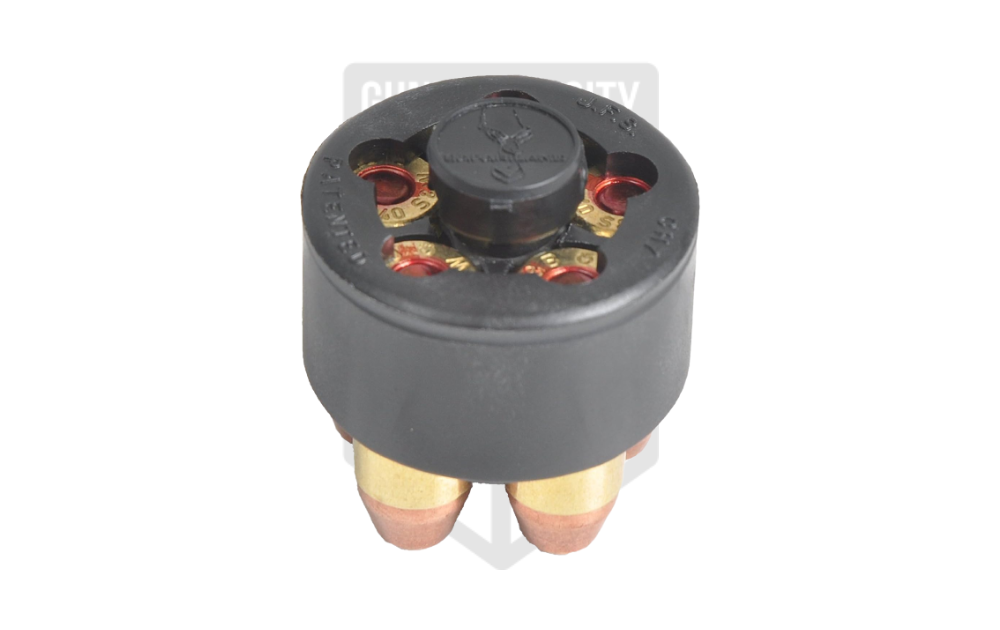 |
| Buy on Amazon |
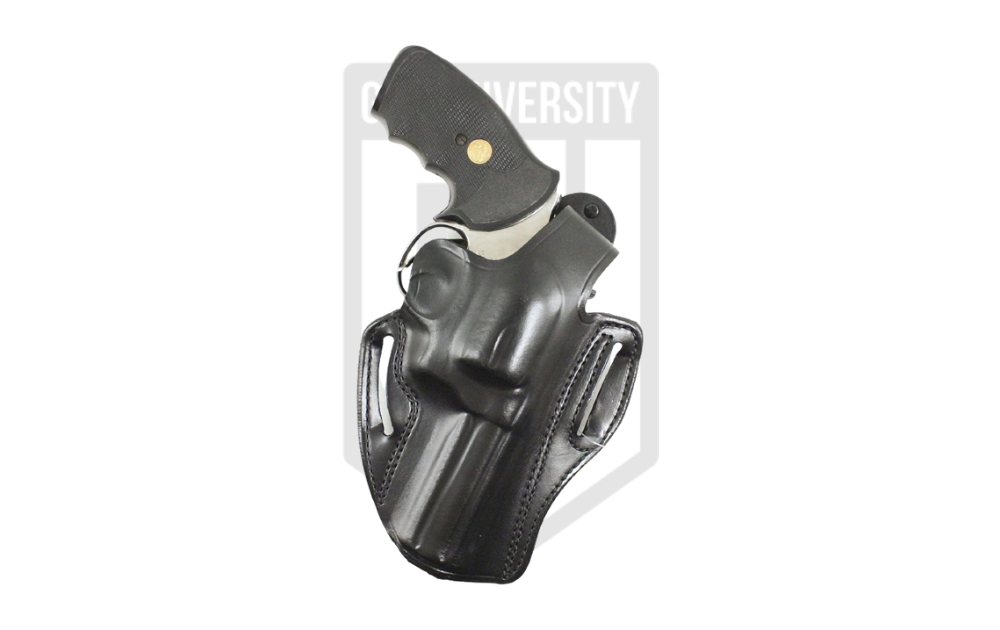 |
| Buy on Amazon |
Best Ammo for The S&W Model 60
Here are our picks for ammo to use in your S&W Model 60. While it can shoot the 357 Magnum, in this revolver we much preferred the 38 Special.
Range Ammo
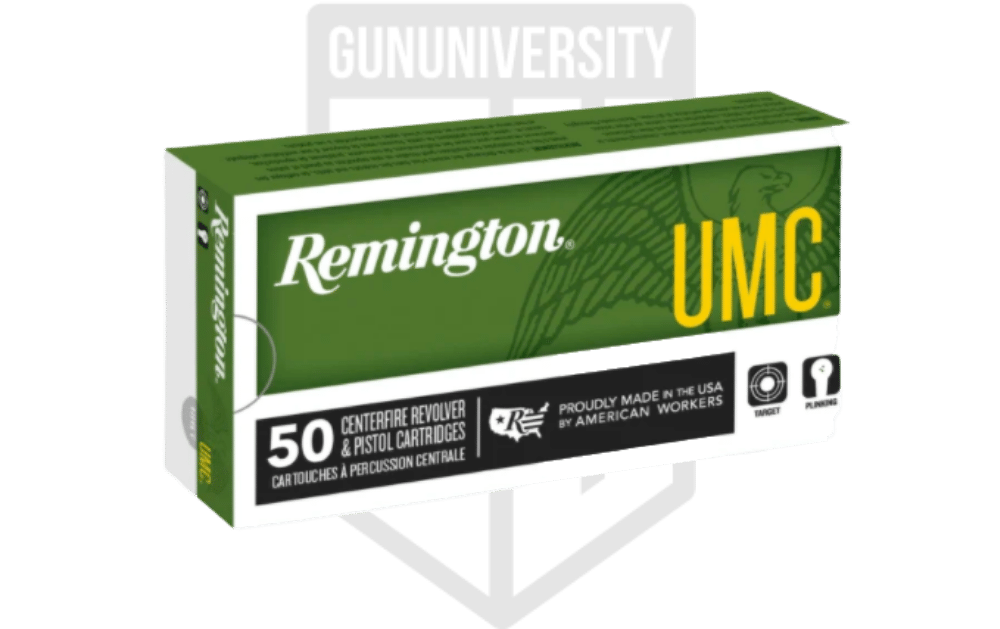
Remington UMC 38 Special 158 Gr LRN
Marketplace |
Cost Per Round |
| Gun Deals | $0.44 |
| Firearms Depot | $0.52 |
| Sportsman’s Guide | $0.64 |
| Gritr Sports | $0.64 |
Self Defense Ammo
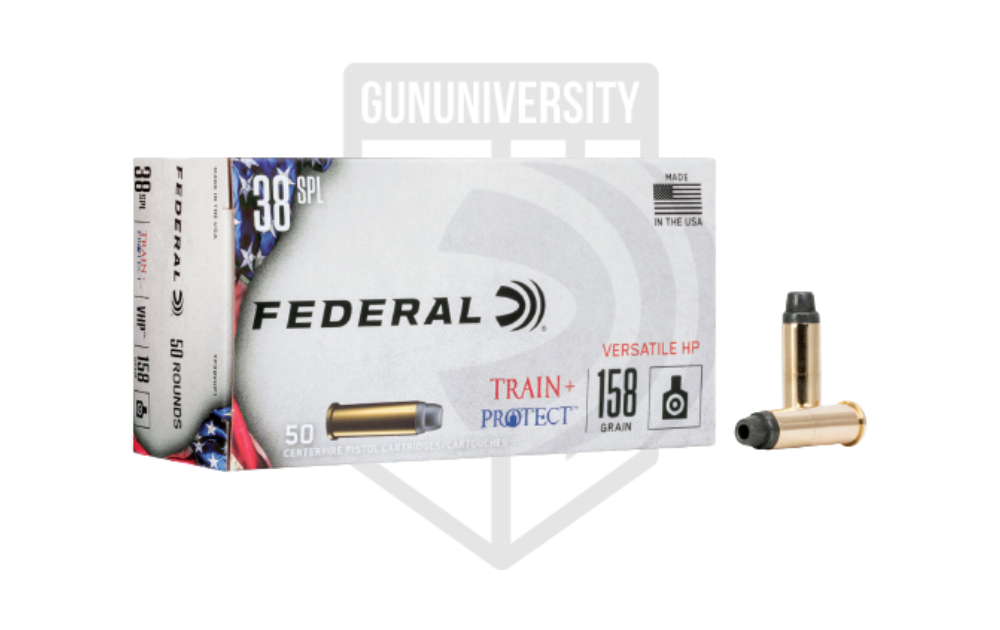
Fedreal Train + Protect 38 Special 158Gr VHP
Marketplace |
Cost Per Round |
| Gun Deals | $0.48 |
| Firearms Depot | $0.58 |
| Gritr Sports | $0.64 |
| Optics Planet | $0.74 |
Other Revolvers of its Class to Check Out
If you are looking for our favorite 357 revolvers, we have an entire article dedicated to them. But you wont see the Model 60 on the list. Here are two Ruger revolvers that have done well so far in our testing.
Small Frame Option Ruger LCRx
Ruger LCRx
This little wheelgun brings the concealment of any semi-auto on the market but with the force of a .357 Magnum.
- Shootability C
- Ergonomics A+
- Accuracy B
- Value A
Our Grade
B+
Reader’s Grade
A
Based on 6 Reviews
Your Grade
Do You Own This Gun? Leave A Review
Success Your Grade Has Been
Added To Our Reader’s Score
We use email to verify the accuracy of our reviews. We promise to never spam you.
Larger Option Ruger GP100
Ruger GP100
A robust revolver from Ruger with either 6 or 7 round cylinders, SS or blued finish, several different calibers, and many different barrel lengths.
- Shootability A
- Reliability A
- Ergonomics A-
- Accuracy A
- Value C+
Our Grade
A-
Reader’s Grade
A+
Based on 12 Reviews
Your Grade
Do You Own This Gun? Leave A Review
Success Your Grade Has Been
Added To Our Reader’s Score
We use email to verify the accuracy of our reviews. We promise to never spam you.
How to Care for Your S&W Model 60
Here is a video walking you through how to clean your S&W revolver.
Important Links and for the Smith and Wesson Model 60
Check out the link below for the manufacturer’s website and owners manual.
Recent Posts
November 29, 2025
November 25, 2025
November 22, 2025
November 21, 2025



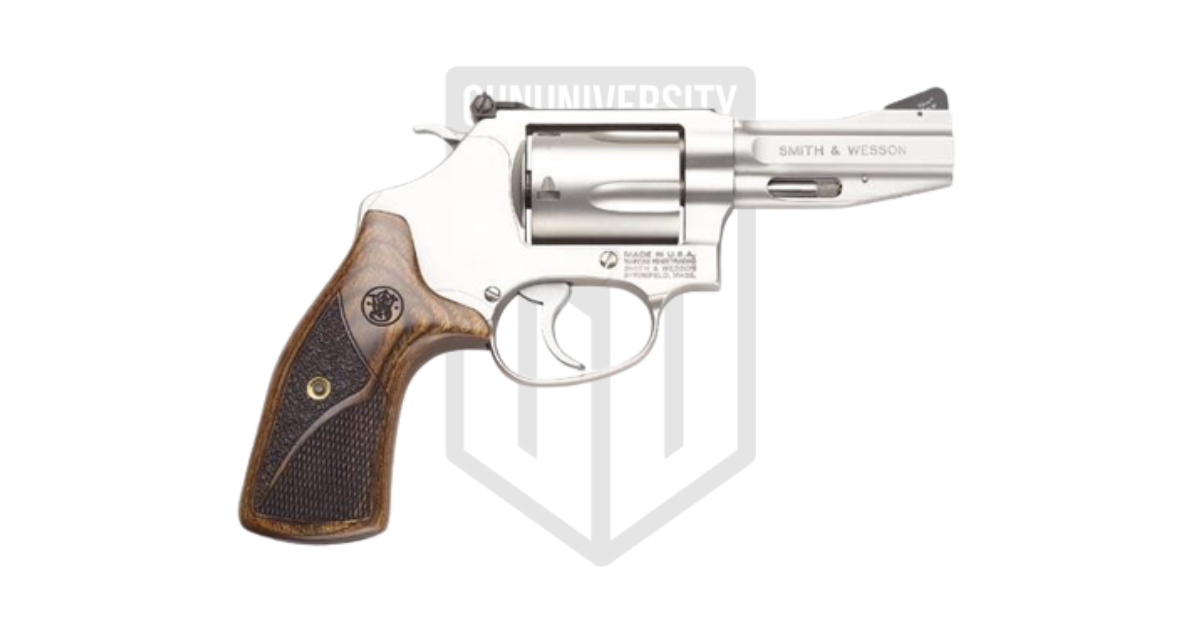

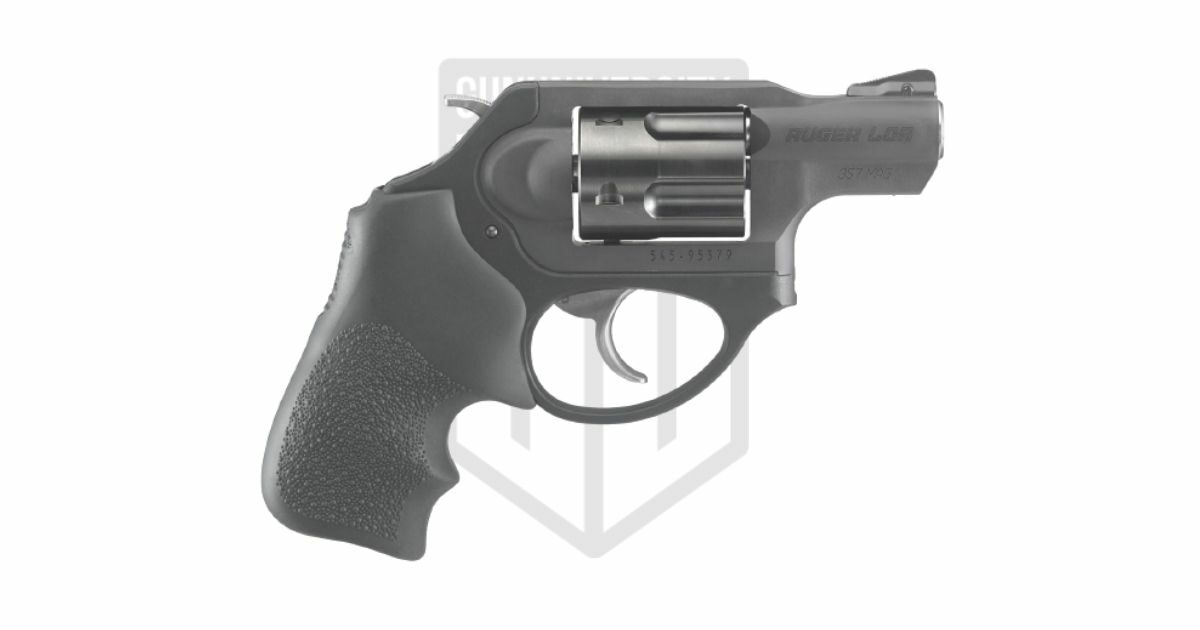
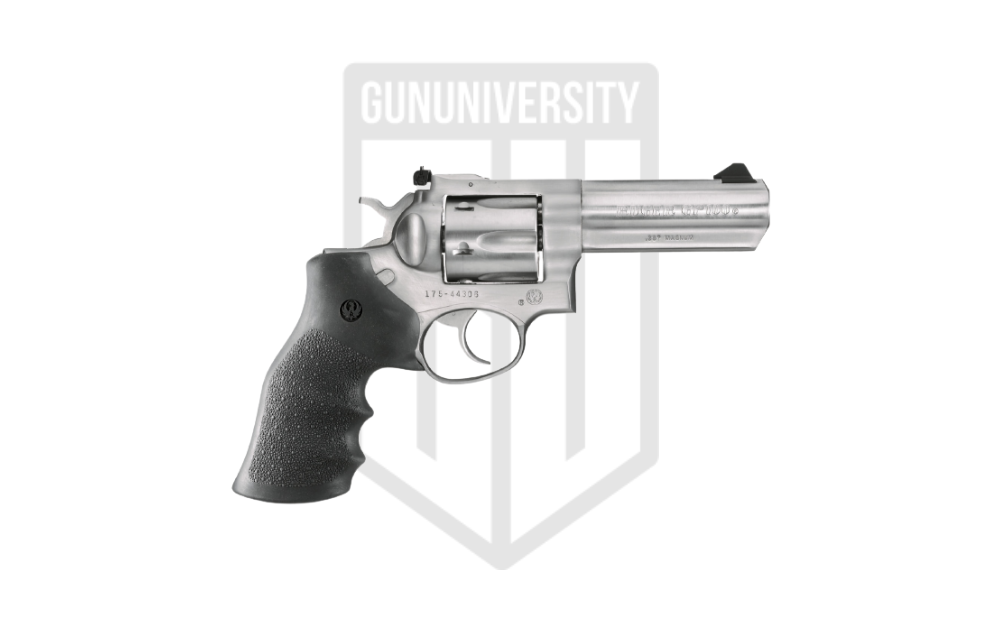
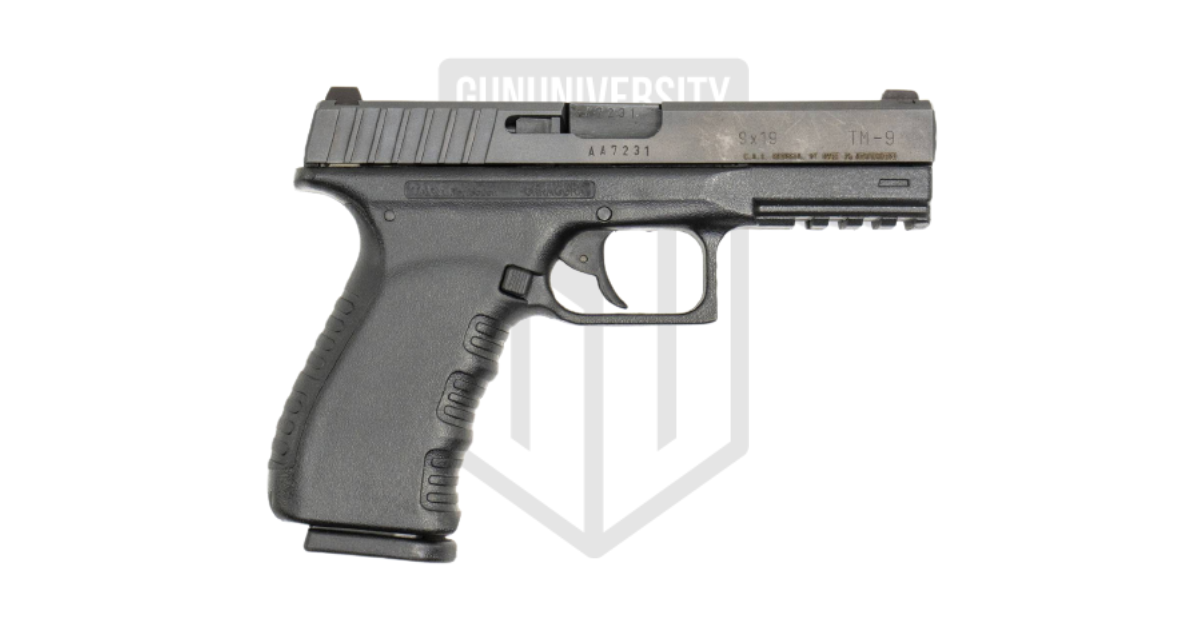
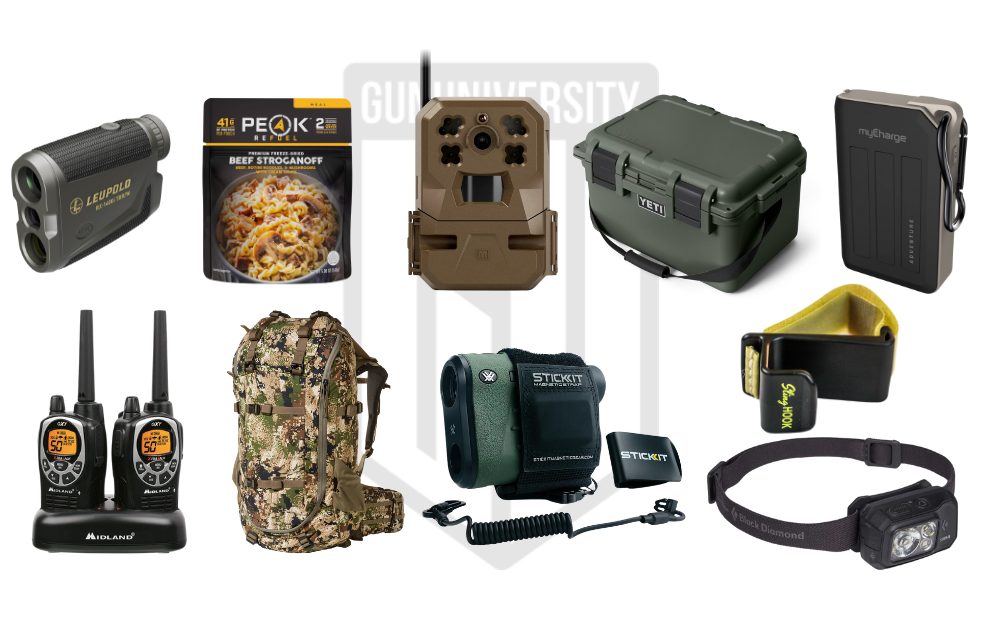
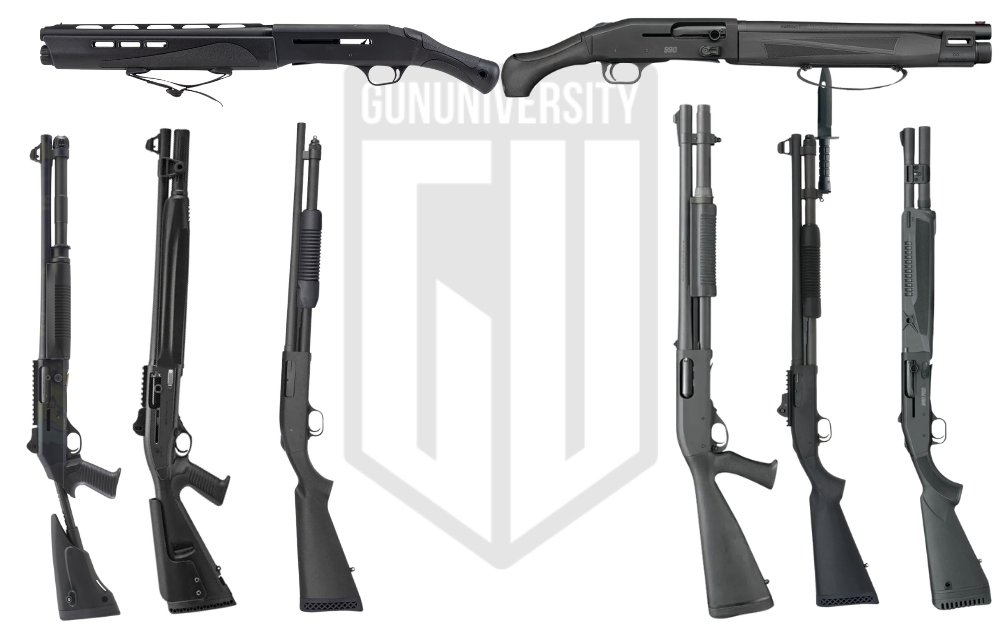
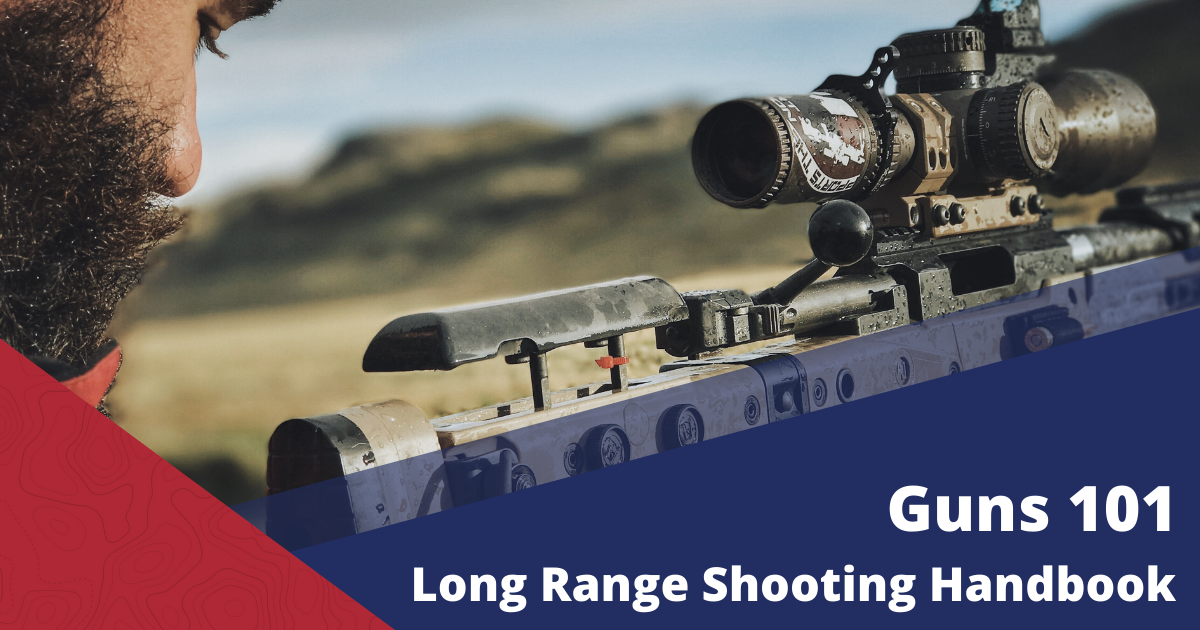
The model 60 does exactly what I bought it for. A powerful, concealable, and reliable revolver.
I carry a Glock 43X most of the time but, sometimes the 60 just feels better.
I ordered a 3 inch model 60 online, because 3 inch revolvers are difficult to find at any of the local shops. In fact, it’s difficult to find ANY revolvers these days. It shipped quickly from Buds Guns to my neighborhood FFL dealer. I paid about $130 below MSRP. I really like this gun. It’s the perfect weight for shooting 38 special ammo. I’ve shot about 200 rounds so far. Unlike other J frame revolvers, this one has REAL sights. The 3 inch barrel helps with accuracy. Works great for shooting steel plates at 15 yards. The synthetic grips are a little small, but larger than the grips that come with other J frames. They’re big enough to get my pinky on the grip. Unlike other J frames, the grip covers the back so there is no bare metal against my hand. The factory grips handle recoil incely. I don’t plan to carry this gun as a CCW, but I could in a pinch if needed. The internal hammer block safety makes it safe to handle loaded. Ok, it only holds 5 rounds. I don’t mind that, because ammo is expensive these days. I can shoot at a slow pace and take my time. Compared to a 10 round M&P Shield, this gun is more pleasant to shoot. My state limits capacity to 10 rounds anyway. One negative is the internal lock “Hillary Hole” safety. I never use it, but some gun enthusiasts hate those. The only other negative is my state requires a minimum 4 inch barrel for hunting. So the Model 60 3 inch barrel doesn’t meet this requirement.